10 Can't-Miss Tips For Great Travel Photography
Travel photography is an art that encompasses both landscape and portraiture, but how do you ensure you get the best shots when you’re out and about in the world?
Here are ten great tips guaranteed to make your travel photography work improve and increase your chances of snapping great moments while you’re traveling!
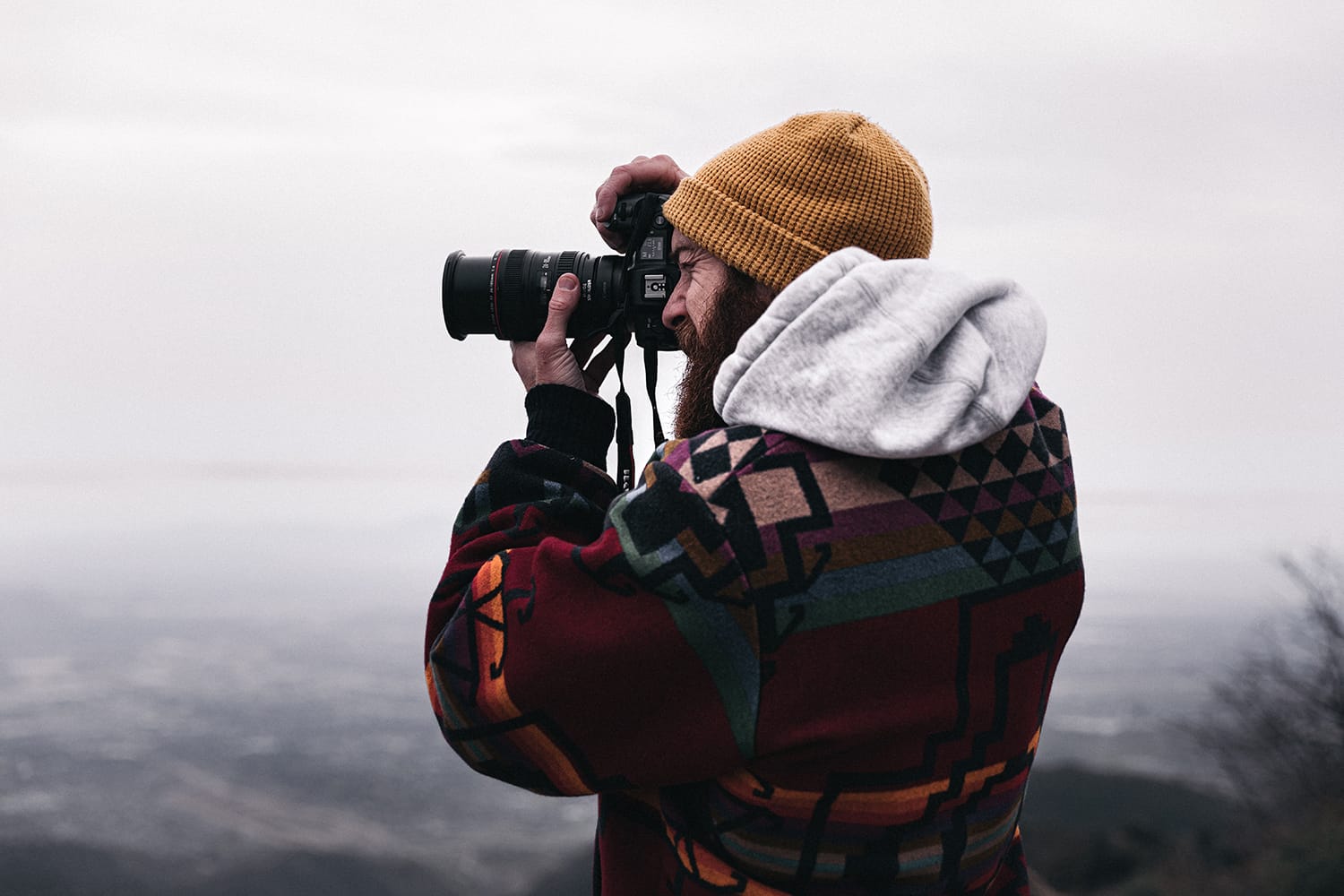
1. Get Up Early
Unfortunately, if you want to take great shots on your travels, you need to become a lark and get up early. Most people have heard of the “Golden Hour,” which refers to the hour after sunrise and the hour just before sunset.
In my opinion, the light is at its best in the early hours, when you get the soft pink and golden light mixing in with the sun rising. Plus, it’s early, and you’ll avoid the hordes of tourists who will appear later to ruin your shots!
2. Get A Graduated Neutral Density Filter
There isn’t a more useful tool to have in your arsenal than a graduated ND filter. Look for one that’s either a two or four-stop difference. Or, get a circular ND filter that allows you to increase or decrease the amount of light stopping power.
An ND filter allows you to use longer exposures to get more color and vibrance into your image without blowing out the sky. It’s also extremely useful if you want to create the ethereal look of misty running water or clouds.
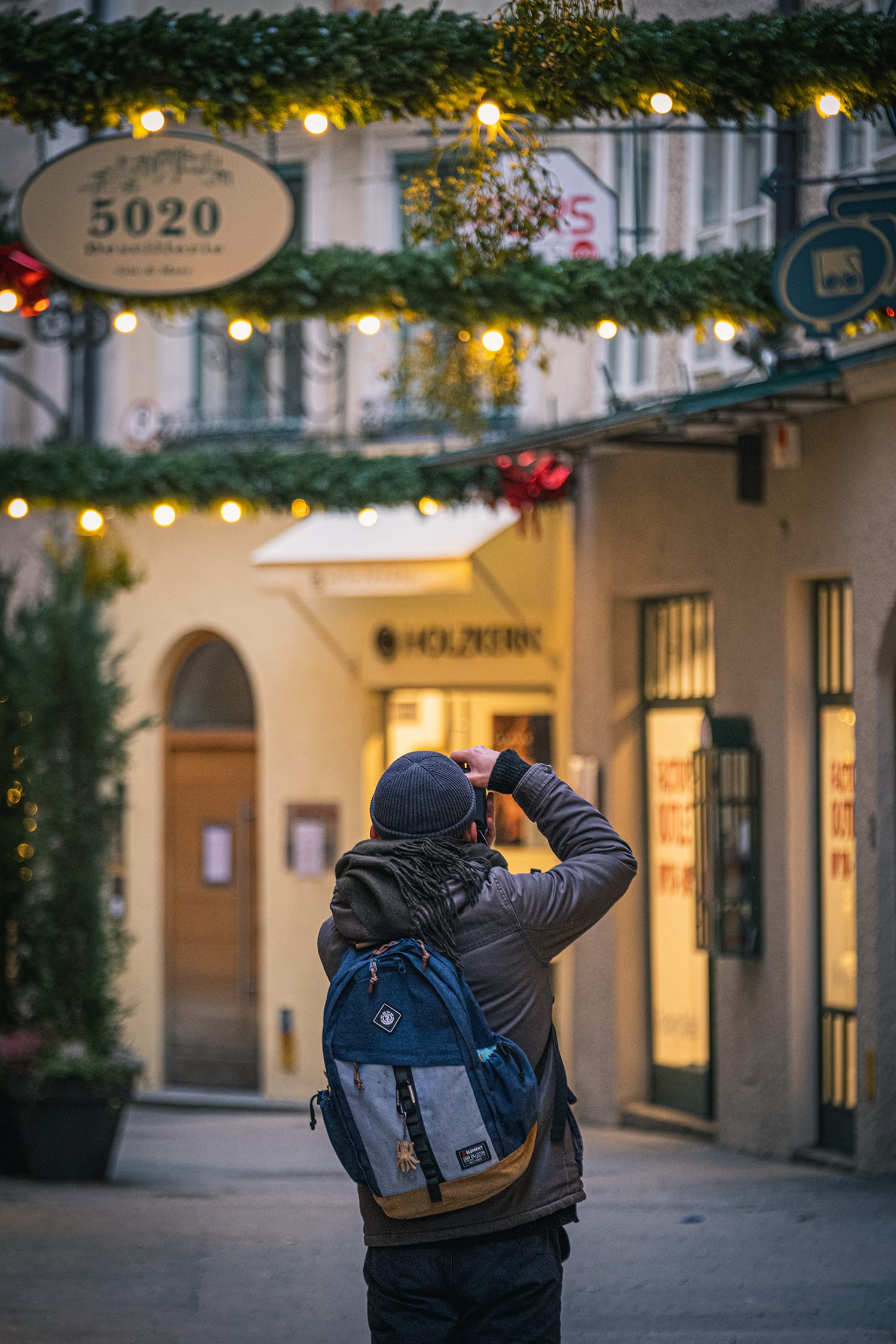
3. Do Your Research
Yes, candid shots that you just “happen” to spot are wonderful, but it’s important to do your research before going to a location. Check out local guidebooks and Google for images that other photographers have captured so that you know the best vantage points at a site before you arrive there. It’s also well worth talking to locals to get their advice on where is best to shoot.
Furthermore, suppose you’re looking for more unique locations and perspectives. In that case, it can help to study existing images so that when you get to the location, you can avoid those areas and try to capture more unique photographs.
4. Take The Right Kit
If you want to get great travel shots, you need the right kit. But you also don’t want to be carrying around enormous amounts of gear! Apart from your camera body (or bodies), a travel photographer’s friend are zoom lenses. They cover a wider range of focal lengths and cut down on weight.
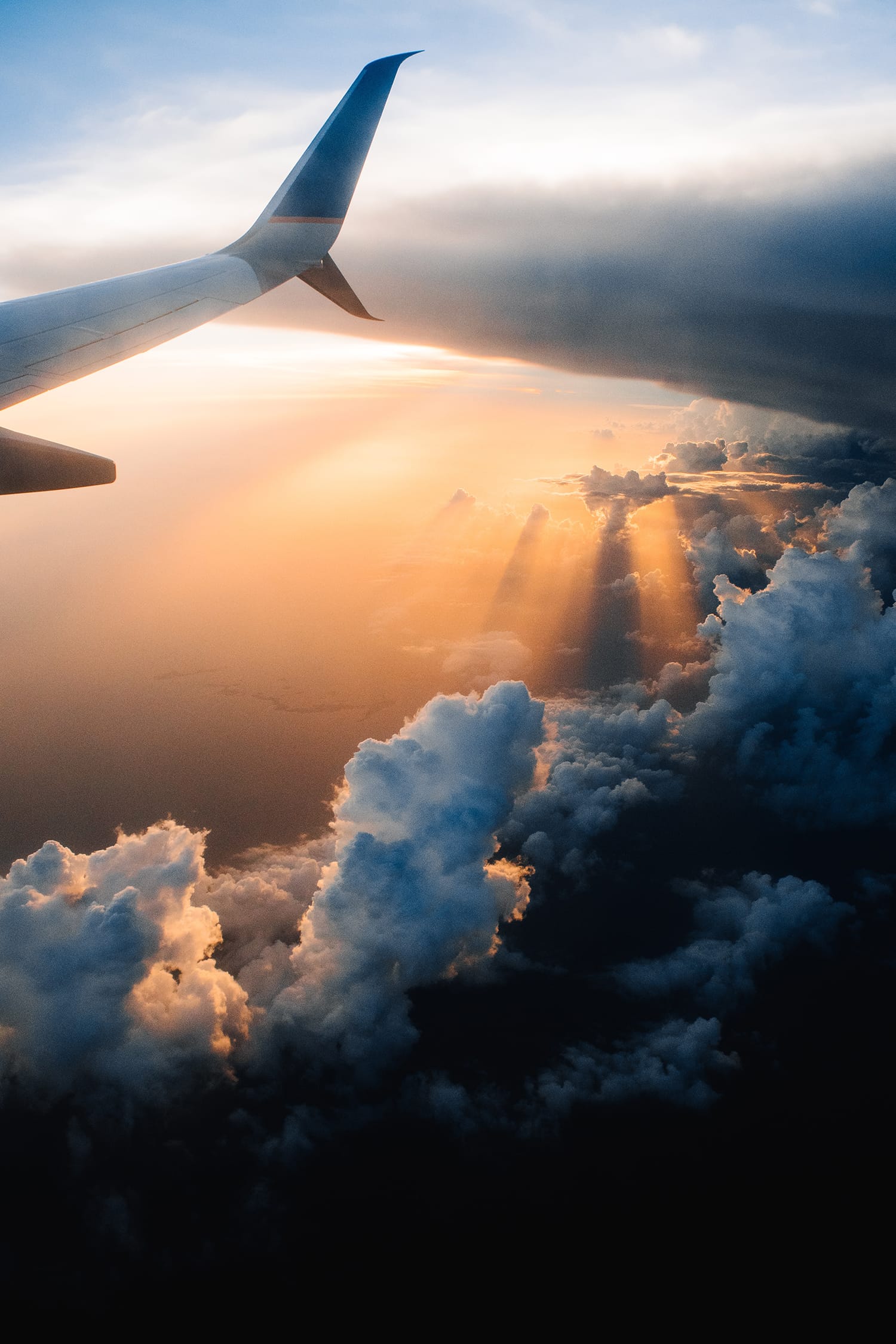
I’d recommend a 24-70mm and either a 70-200mm or 100-400mm if you can. Lenses are worth investing in to get good optics. In fact, I will always choose to invest in glass rather than in a camera body. Camera bodies come and go, but lenses can last you a lifetime. You’ll also need a lightweight tripod, preferably made of carbon fiber.
5. Use Natural Light
I tend to follow Henri Cartier-Bresson’s approach to travel photography. He never used flash, believing it to be impolite. If you’re shooting the natural world, then you want to use natural light.
It’s far better to use a longer exposure and allow the natural light into your camera than to use a flashgun and risk disrupting wild animals or other photographers.
6. Exotic Can Be Anywhere
Of course, we would all prefer trips to exotic locations abroad, but you can find exotic locations in your own back garden. Wherever you live has beautiful areas that are often overlooked if you see them every day. Sometimes you need to take a step back and see the beauty in the environment you live in.
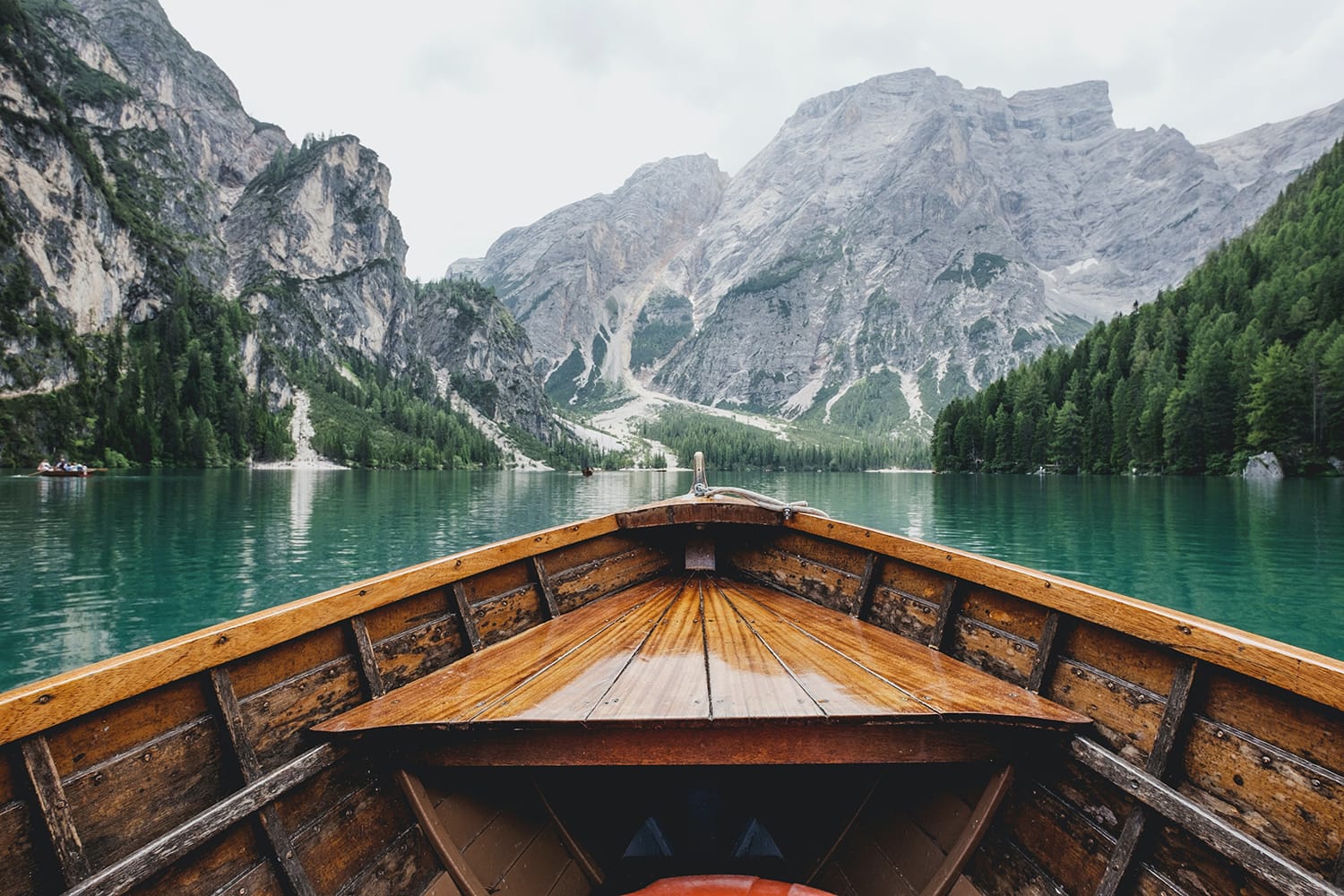
7. Know Your Equipment
To take amazing travel photographs, you need to understand your equipment inside and out. This is particularly relevant when it comes to your camera. It’s no good just sticking your DSLR or mirrorless camera on auto and hoping for the best. In some instances, using auto-modes is perfectly fine, though. I would rather get an OK shot on auto than a technically perfect one that took me longer to capture in manual mode.
Of course, if you do shoot mostly in manual mode, you need to clearly understand the relationship between ISO, shutter speed, and aperture. In particular, you need to understand depth-of-field as the wrong choice can ruin a shot.
8. Talk To Your Subjects
If you’re going to take portraits of locals, try striking up a conversation with them and spend time getting to know them. Be friendly, but do be sensitive to cultural issues. Most people will be flattered if you ask for their photograph and, by chatting to them for a while, you’ll be far more likely to get more personal shots.
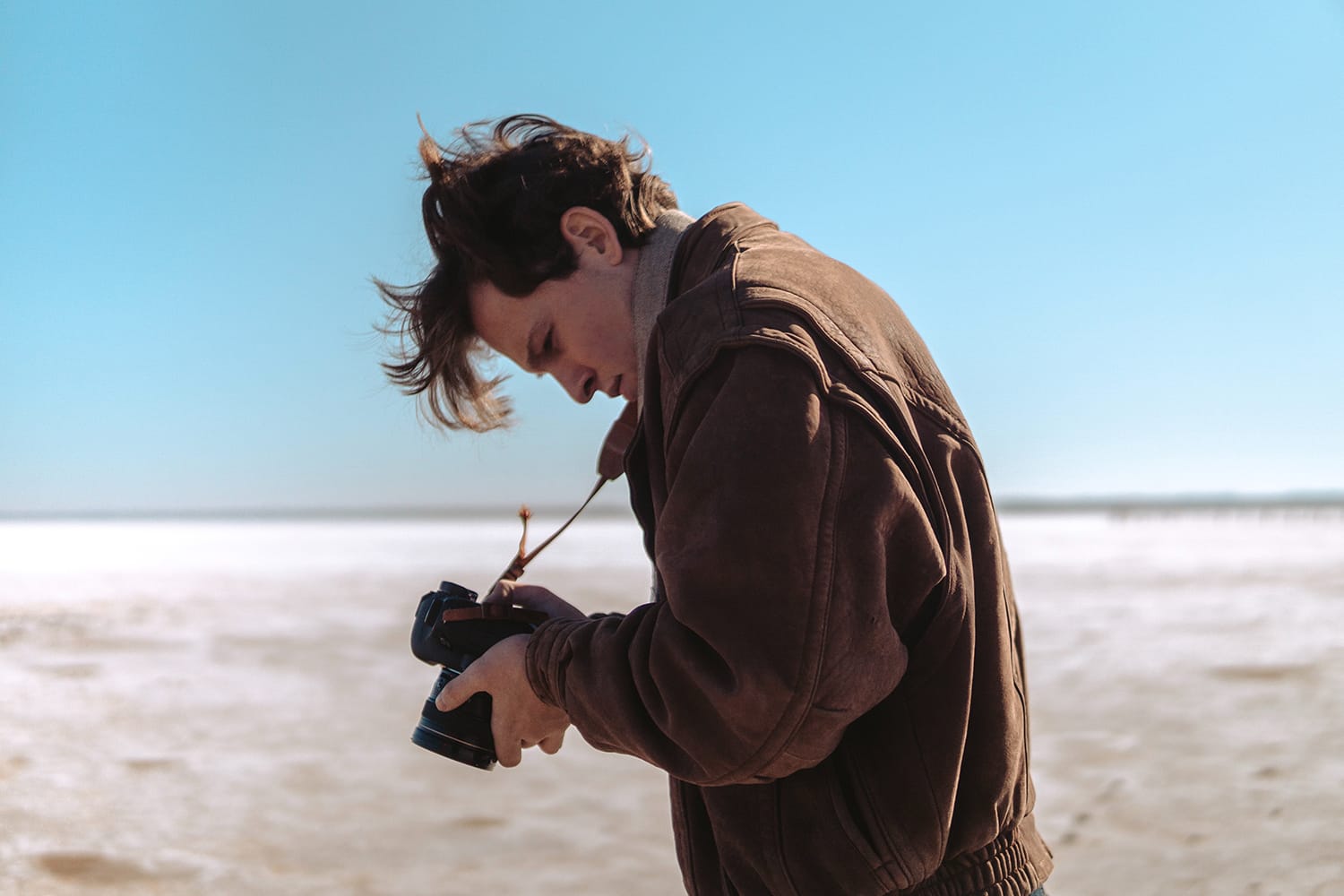
9. Watch What Others Do
There’s often a misconception that you shouldn’t look at other photographers’ work. But I feel that looking at the work of photographers you admire can be very inspiring and can help you to push yourself to greater heights.
10. Don’t Stop Travelling
It might sound obvious, but you need to get out and about on the road if you want to get great travel photographs. Even if it’s just a walk around your local town, take your camera and look for the images in your local neighborhood. And never stop traveling and having fun with your camera!
